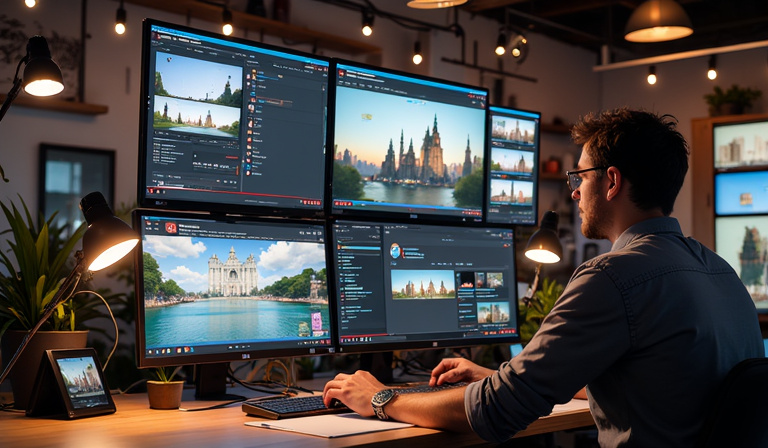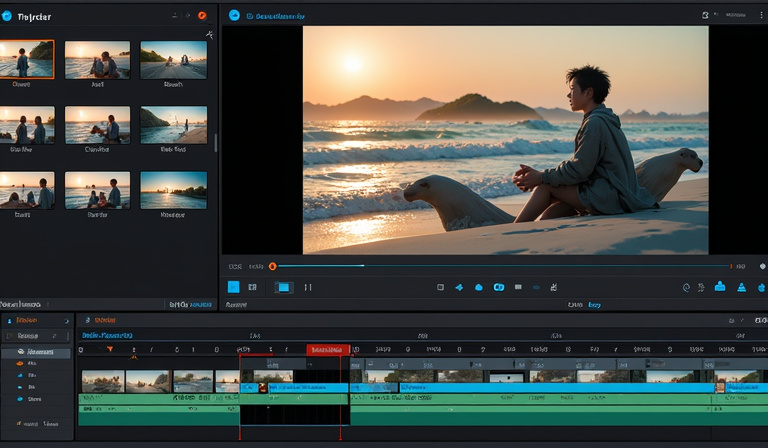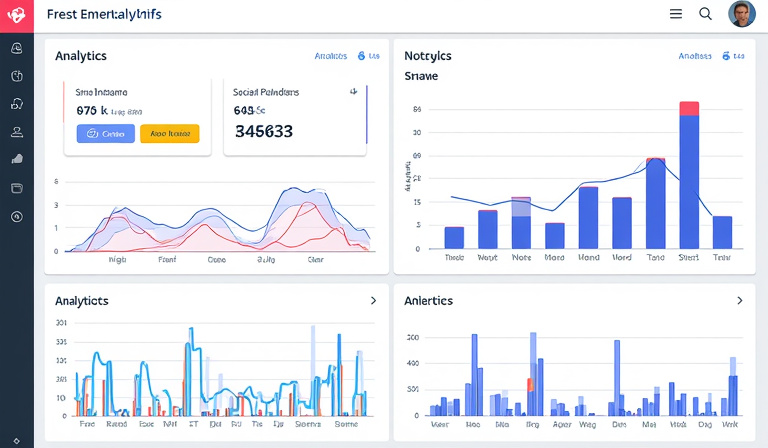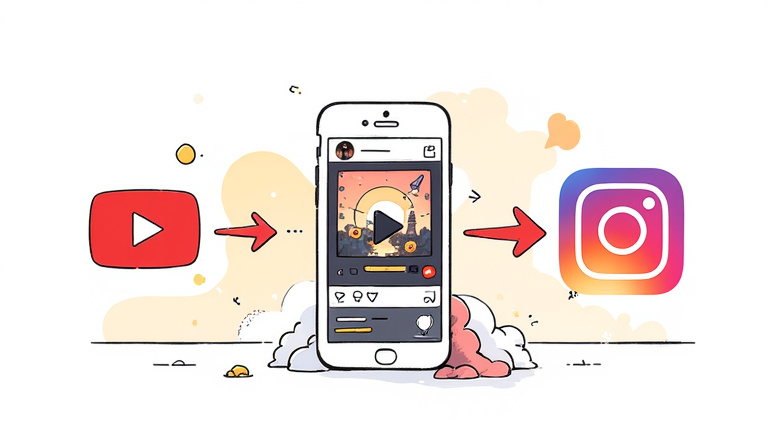As a content creator in today's digital landscape, maximizing your reach across multiple platforms is crucial for growth and engagement. I've discovered that one of the most effective strategies is sharing YouTube Shorts on Instagram, allowing you to tap into two of the most powerful video-sharing platforms. In this guide, I'll walk you through the entire process of cross-platform sharing, helping you expand your audience while maintaining content quality.

Understanding the Basics of Cross-Platform Sharing
Before diving into the technical aspects, it's important to understand why this strategy works. YouTube Shorts and Instagram serve different audiences, yet both platforms favor short-form, engaging video content. By bridging these platforms, you're essentially doubling your content's potential reach without doubling your workload.
Preparing Your Content
When selecting a YouTube Short for Instagram sharing, I always consider the content's universal appeal. The best candidates are videos that don't rely heavily on platform-specific features or references. Look for Shorts that tell a complete story within the first few seconds, as Instagram users typically have shorter attention spans.
Editing Considerations
I've learned that successful cross-platform content requires some adjustments. Consider these aspects:
- Aspect ratio compatibility (9:16 for Instagram Stories)
- Video length (maximum 60 seconds for Stories, 90 seconds for Reels)
- Platform-specific engagement hooks

Downloading Your YouTube Short
The first technical step is acquiring your video file. Through YouTube Studio, you can access your original uploads directly. I recommend using this method whenever possible as it maintains the highest quality. However, if you need to download a Short that's already published, several reliable third-party tools exist, though be sure to verify their legitimacy and safety.
Working with Downloaded Content
Once you have your video file, store it in an easily accessible location on your device. I always make a copy of the original file before making any edits, ensuring I have a backup if needed.
Optimizing for Instagram
Instagram has specific technical requirements that differ from YouTube. The platform prefers videos with a resolution of 1080 x 1920 pixels for Stories and Reels. I use editing apps like InShot or Adobe Premiere Rush to adjust my videos accordingly.
Adding Enhancement Elements
To maximize engagement, I recommend adding:
- Clear, readable captions
- Relevant hashtags (3-5 per post)
- Location tags when applicable
- Interactive elements like polls or questions

Posting Strategies
Timing is crucial for maximizing reach. I've found that posting during peak engagement hours (typically 10 AM - 2 PM local time) generates the best results. When sharing to your Instagram feed, craft a compelling caption that encourages interaction and includes a call-to-action.
Story-Specific Considerations
When sharing to Stories, take advantage of Instagram's built-in features to increase engagement. I regularly use:
- Interactive stickers
- Polls and questions
- Location tags
- Mention stickers for collaborations
Promotion and Analytics
After posting, monitor your content's performance using Instagram Insights. Pay attention to metrics like reach, engagement rate, and story completion rate. This data helps inform future content decisions and posting strategies.
Building Community Engagement
I've found success in:
- Responding to comments promptly
- Creating conversation-starting captions
- Using strategic calls-to-action
- Cross-promoting on other social platforms
Avoiding Common Pitfalls
The biggest challenges in cross-platform sharing are maintaining video quality and avoiding copyright issues. Always ensure you have the rights to share your content, and be mindful of music usage, as copyright rules vary between platforms.
Quality Control Tips
To maintain video quality:
- Use high-resolution original files
- Minimize compression during editing
- Test posts on different devices
- Preview before publishing
Content repurposing between YouTube and Instagram can significantly amplify your reach and engagement when done correctly. By following these guidelines and maintaining consistency in your posting strategy, you'll create a stronger presence across both platforms while building a more engaged audience.
Remember to track your results and adjust your strategy based on performance metrics. I encourage you to start implementing these techniques today, and don't forget to share your experiences in the comments below. For more content creation tips and strategies, subscribe to my channel and follow me on Instagram.

